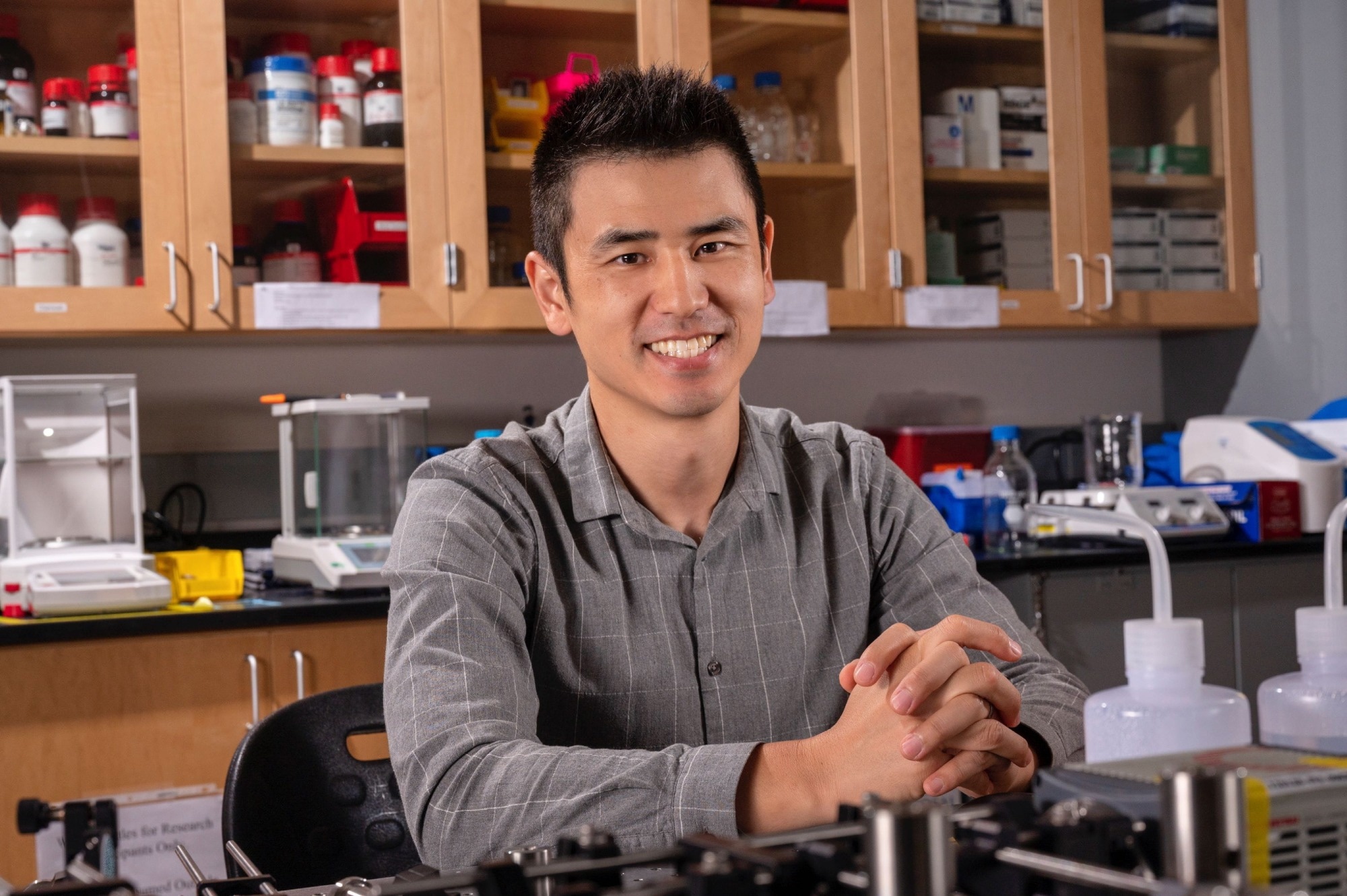Reviewed by Danielle Ellis, B.Sc.Oct 31 2023
Tracking the dynamic movements of cells is crucial for modeling the intricate cellular interactions involved in organ formation, such as the heart. Unfortunately, current microscope technology falls short in capturing these cell motions.
 Juhyun Lee. Image Credit: The University of Texas at Arlington.
Juhyun Lee. Image Credit: The University of Texas at Arlington.
Juhyun Lee, an Associate Professor in the Bioengineering Department at The University of Texas at Arlington, has recently secured a generous five-year grant of $1.94 million from the National Institutes of Health.
This funding aims to support the development of a cutting-edge 4D high-resolution imaging system designed to precisely quantify cell tracking.
Conventional microscopes allow users to zoom in for a close-up view of an individual cell, but this approach obscures the cell’s context within its surroundings. Conversely, when zoomed out to observe the entire field, crucial cell details become indiscernible.
Lee's innovative system will utilize advanced microscopy techniques and sophisticated computational post-processing to furnish the biomedical research community with the next generation of imaging tools.
His high-resolution microscope will not only zoom in but also sweep horizontally to comprehensively scan the entire field of view. These images will be seamlessly stitched together to provide a comprehensive perspective, while an additional scan will generate a 3D model.
We are trying to quantify where each cell will go as the heart develops. The whole idea of this tool is to enable us to see the whole picture in high resolution. Cells that form organs with dynamic motion, like the heart, are fast-moving. Using methods based on the motion and orientation of a cell, we can predict where it will go.”
Juhyun Lee, Associate Professor, Bioengineering Department, The University of Texas at Arlington
Lee’s research has been primarily dedicated to exploring the developmental processes of the heart. Over time, he has successfully secured several prior grants, all aimed at the advancement of a novel microscope capable of capturing three-dimensional motion while incorporating a temporal dimension.
This innovative technology enables him to create a dynamic four-dimensional representation of a beating heart using optical imaging techniques that involve the use of fluorescent nanoparticles within a zebrafish. Notably, it is this very microscope that forms the core of his newly acquired grant.
The potential applications of Lee’s system extend to the field of developmental biology, where it holds the promise of predicting early cellular development. This predictive capability is particularly valuable in the early detection of potential anomalies.
The integration of technology and biology is a constant goal in the biomedical engineering field, and Dr. Lee’s work to develop imaging systems that can assist in our knowledge of cell activity and development is at the forefront of that effort.”
Michael Cho, Alfred R. Potvin and Janet H. Potvin Endowed Chair in Bioengineering, The University of Texas at Arlington